Tarnów: South-west Poland’s Authentic Alternative to Kraków
A small-town atmosphere with a true sense of Poland
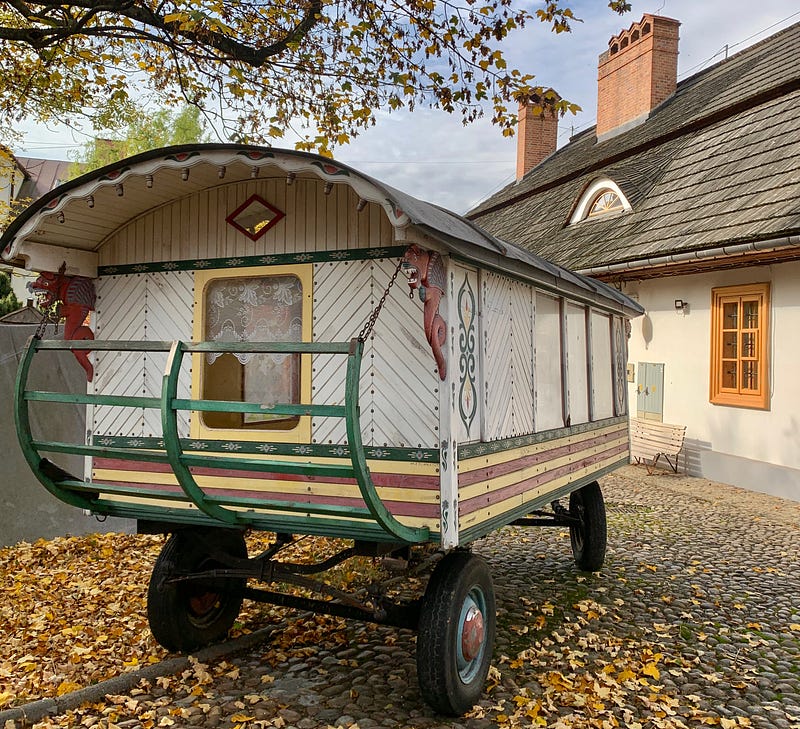
Not a member of Medium? Click on this link to read this article.
Many visitors to Kraków understandably stick to the city, venturing only as far as a tour bus to Auschwitz or the Wieliczka salt mines. Few realise that Tarnów, one of Poland’s best-preserved cities, lies a mere hour away.
In a single day trip from Kraków, you could dine in Tarnów’s Renaissance market square, learn about Roma and Jewish heritage, visit a charming timber church and set foot on an outcrop of the Carpathian Mountains. Or stay a couple of nights in Tarnów, like I did, and rejuvenate yourself from the overtourism of honeypots like Kraków.
Tarnów packs in enough heritage to make the trip from Kraków worthwhile. Unlike Kraków, Tarnów retains its small-town atmosphere, giving you a sense of discovering authentic Poland. Simply hop on a train or bus from Kraków, and an hour later, you’ll have Tarnów all to yourself.
Discover Roma culture in the Ethnographic Museum
The walk from the station towards the old centre feels a little bland but keep your eyes open for Tarnów’s Ethnographic Museum — a single-storey white building with a low roof of wooden shingles. Inside the detailed exhibition of the history and culture of Roma (Gypsy) people, including their persecution around the world, is exceptional. For me, this museum, with its colourful Roma caravans in the rear yard, is worth a trip to Tarnów in itself.
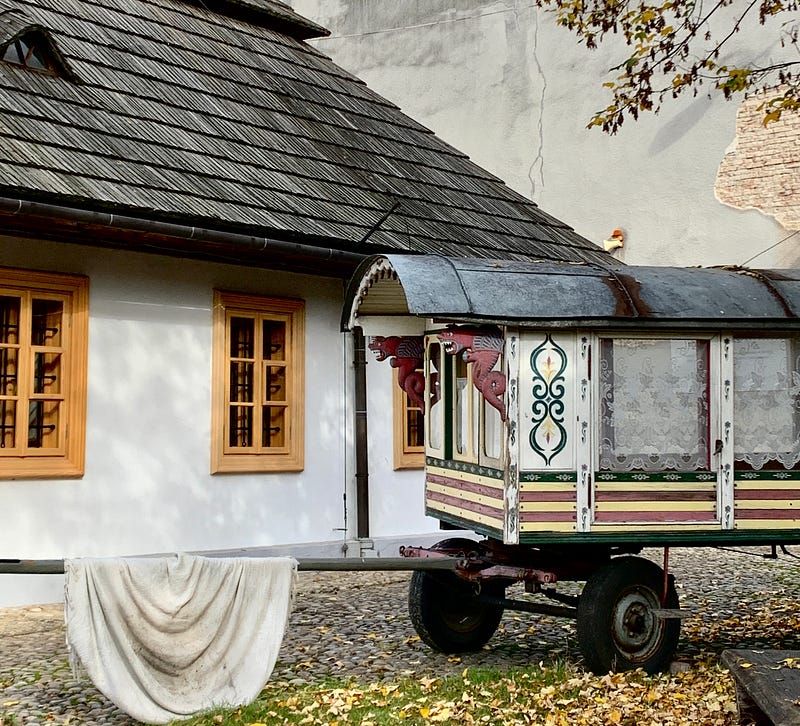
Drink coffee/s in a unique tramway cafe
Keep walking up the hill and you’ll pass a red tramway carriage, nowadays a delightful roadside café with a bewildering selection of coffees. Hop on board, order a drink and sip it slowly as you people-watch through the window.
But it’s not just a place to sample coffees you’ve never heard of. Through the window I spotted a restored stretch of tramway track in the road, a reminder that Tarnów once had a functioning tramway system until the Germans dismantled it in 1942. Back then the red carriages were known as ladybirds.
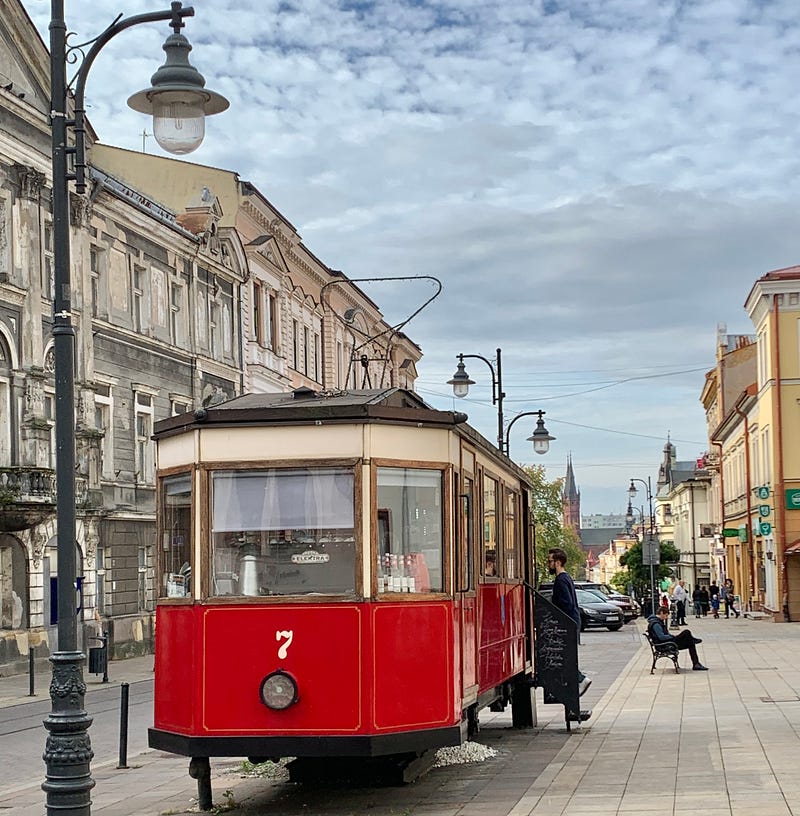

Have the spectacular main square to yourself
Narrow cobbled streets lead into Tarnów’s Rynek (Market Square), the essence of Tarnów’s past and present, and an architectural treasure. Colonnaded Renaissance merchant houses, freshly renovated in hues of pink, orange and yellow, face the chunky Town Hall sitting aloof in the centre. Now you’re standing in the heart of Tarnów’s past and present. Like many of Poland’s squares, this one cries out for a panoramic shot, although it’s hard to do it justice.
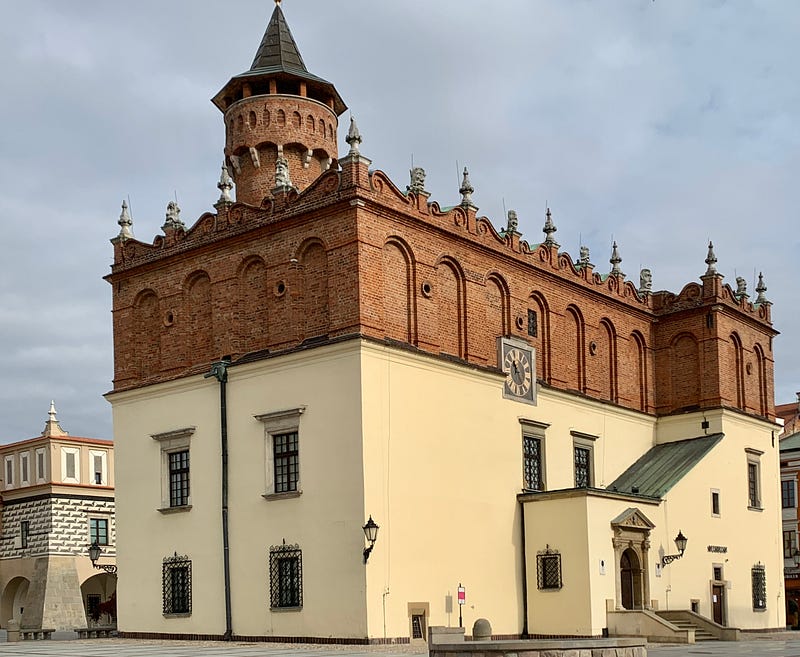
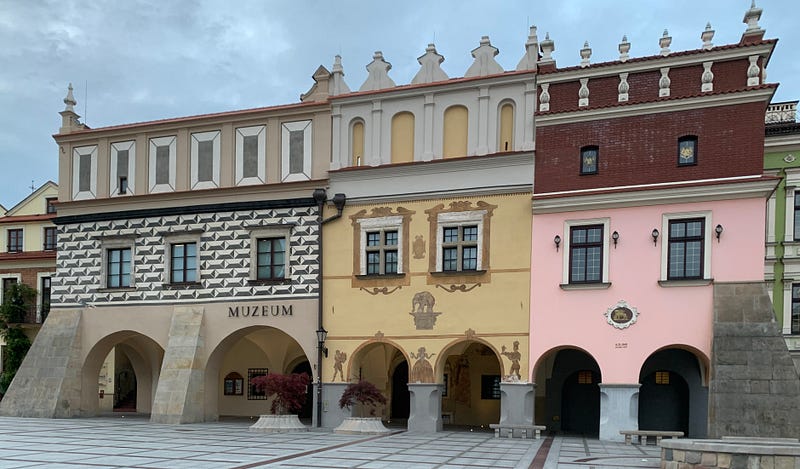
Visit preserved wooden stave churches
Tarnów Cathedral, graced with a statue of Pope John Paul II, lies just behind the square. At the other end of the ecclesiastical scale are three charming wooden churches; even on a day trip you should allocate time to visit one of them. The closest is St Mary’s, south of Rynek, whose larch timber and roof shingles belie the fact that it was consecrated over 500 years ago.
Services here are popular. On the Sunday I walked past, an overspill congregation sat in the churchyard listening to the service played through loudspeakers.
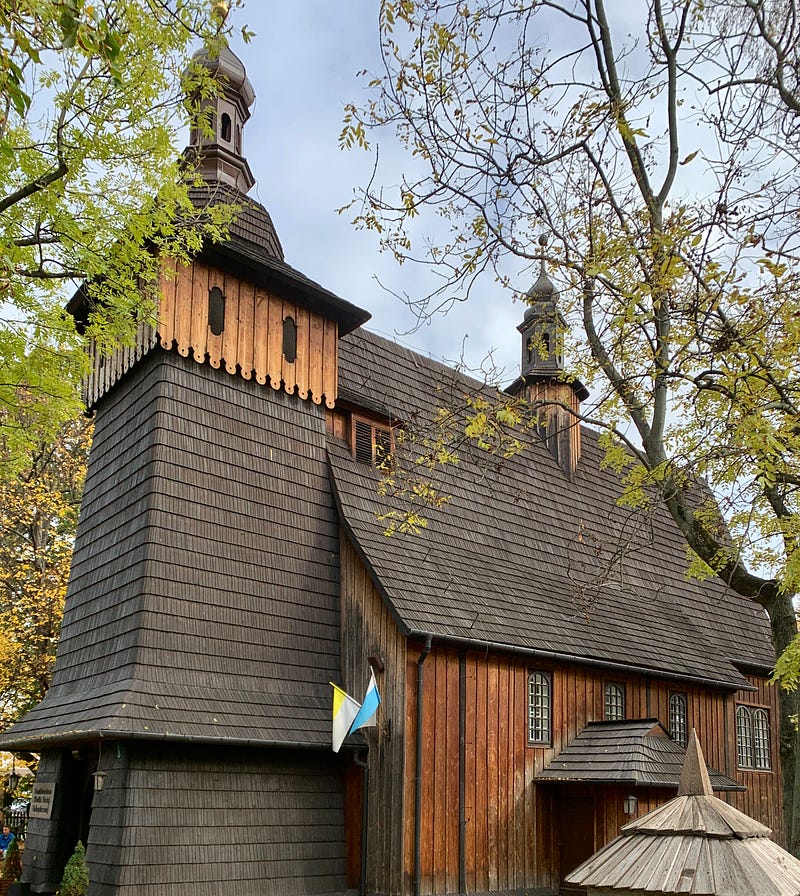
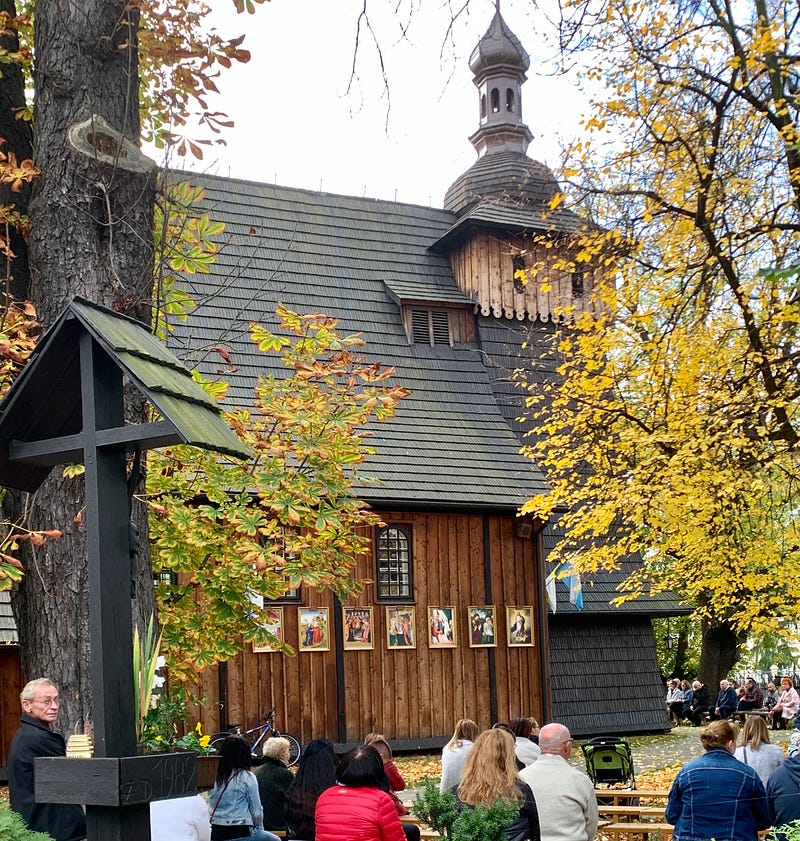
Explore the city’s Jewish past
Tarnów is a poignant destination for anyone with Jewish heritage. Before the war, almost half of the city’s population was Jewish. We know what happened next, and the city has poignant reminders of its Jewish past. North of the square is the former Jewish Quarter, where the synagogue once stood; nowadays it’s an open public space dominated by the remains of the bimah (the podium from where the Torah was read).
Tarnów’s Jewish Cemetery, established in the 16th century, is one of the oldest in Poland. It’s only a short walk north of the old town, but the grounds are extensive and overgrown. Visitors need to request access via the tourist office in the main square. Note that the gates are replicas, since the originals are in the Holocaust Museum in Washington DC.
Climb to a castle with a taste of the Carpathians
Although the real mountains lie a couple of hours further south, Tarnów offers an easy way to say you’ve set foot on the Carpathians. St Martin’s Hill (Góra Św. Marcina) — a mere 384 metres in height — lies south of the city; despite its paltry height, it’s considered to be a northern outpost of the Carpathian chain.
I made the effort and was rewarded with a fabulous view over the city from the ruins of Tarnówski Castle. Bus 31 will bring you up here, although for the energetic it’s a straightforward walk south of Rynek, an hour or so each way. I walked up and down, following a steady stream of locals ambling up to St Martin’s for a Sunday afternoon wander.
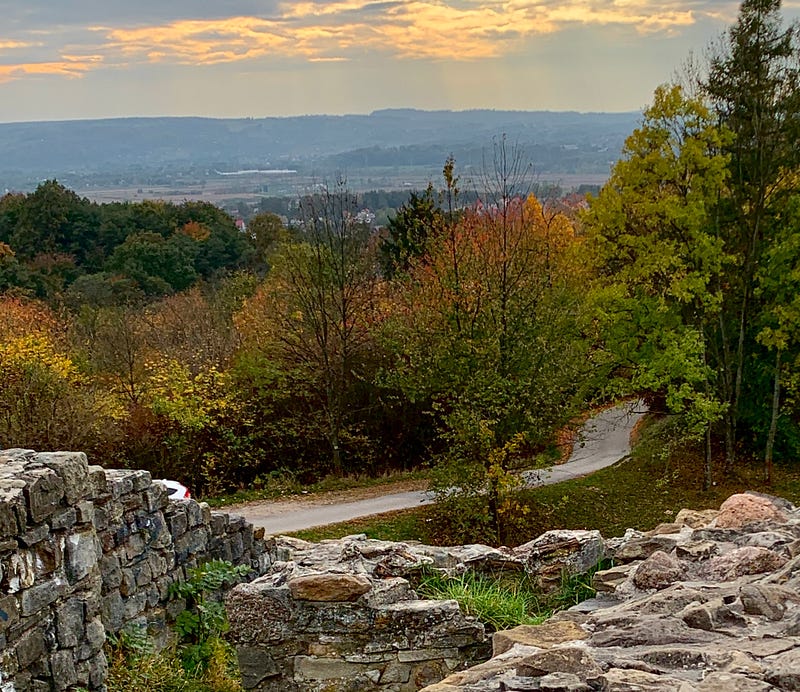
You can do lots of the above in a day trip, but there’s always the option to spend a night in one of Tarnów’s inexpensive hotels. This is a cool high season alternative to the tourist hordes, stag weekend pub crawls and English bars of Kraków. Spend a balmy summer evening in the open-air restaurants of Tarnów’s Rynek, and you’re undeniably in Poland.
Thanks for reading this far! See more of my travel articles at Michelle Lawson
